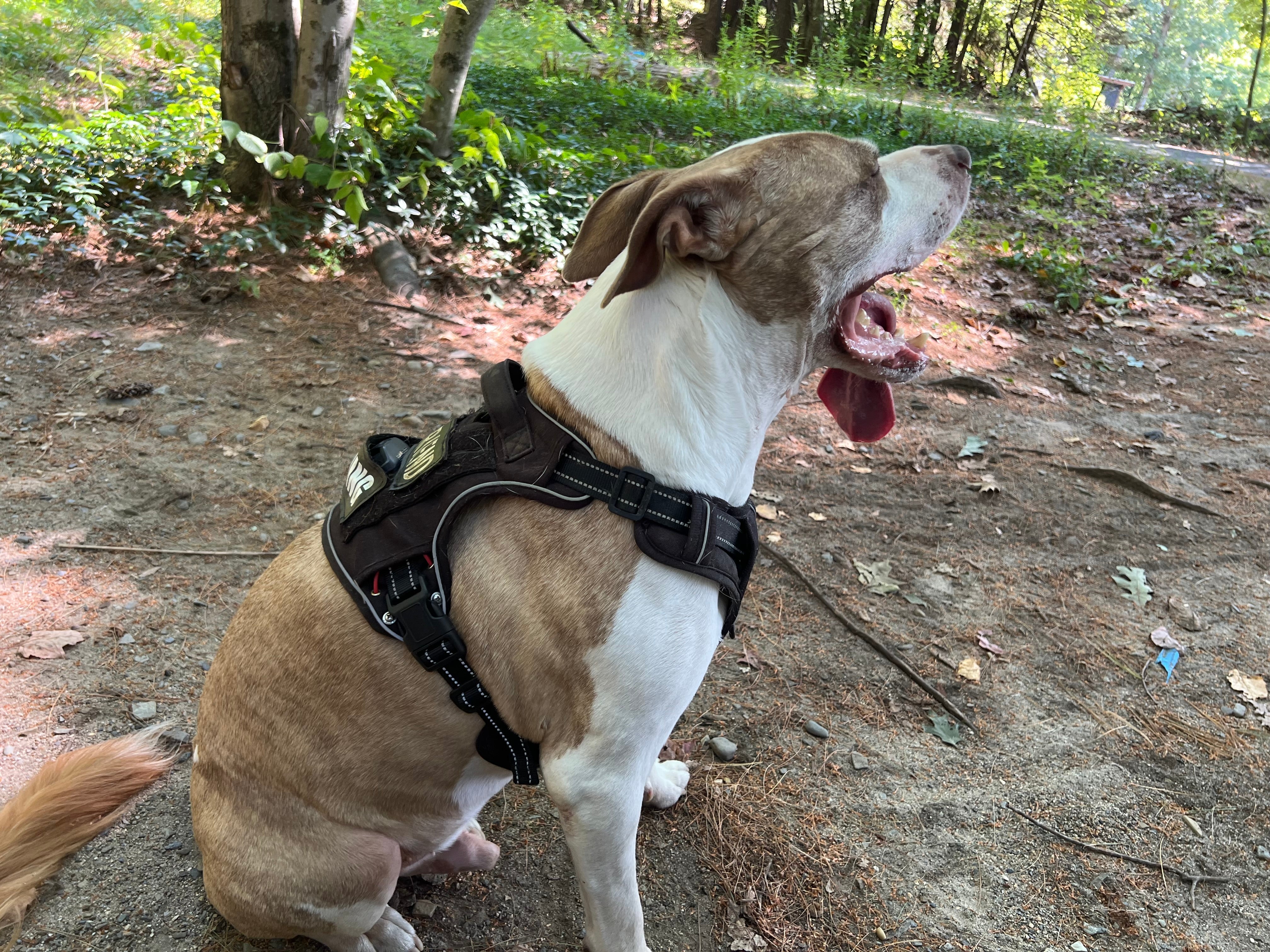Harness vs Collar: Making the Best Choice for Your Dog’s Safety
- by Tyler Toomey
Harness vs Collar: Making the Best Choice for Your Dog’s Safety
Choosing the right gear for dog walks is more than just a style decision; it’s about ensuring the safety and comfort of your furry friend. With so many options available, the debate between harnesses and collars remains a hot topic among pet owners, trainers, and animal enthusiasts. Each has its own set of advantages and considerations, impacting both the dog’s well-being and your overall walking experience. Whether you’re a seasoned trainer or a new pet parent, understanding the pros and cons of dog walking gear can empower you to make informed decisions. Let’s explore the world of harness vs collar comparison, and find the best dog walking equipment for your beloved companion.## Understanding Harness Safety
Harness safety is a crucial aspect of responsible pet ownership. This section explores the benefits of using a harness, how to choose the right one, and common mistakes to avoid.
Benefits of Using a Harness
Harnesses offer several advantages over traditional collars. They distribute pressure more evenly across a dog’s chest and shoulders, reducing strain on the neck and trachea.
For dogs prone to pulling, harnesses can provide better control without risking injury. This is especially important for small breeds or dogs with respiratory issues.
Harnesses also offer increased security, making it harder for dogs to slip out and escape. This added safety feature gives pet owners peace of mind during walks or outdoor activities.
Choosing the Right Harness
Selecting the appropriate harness is essential for your dog’s comfort and safety. Consider your dog’s size, breed, and specific needs when making a choice.
Measure your dog carefully to ensure a proper fit. A well-fitting harness should allow two fingers to fit between the harness and your dog’s body.
Look for harnesses made from durable, breathable materials. Features like padded straps and adjustable points can enhance comfort and fit.
Common Harness Mistakes
Avoiding common mistakes can greatly improve your dog’s harness experience. One frequent error is choosing a harness that’s too loose, which can lead to chafing or escape.
Another mistake is not introducing the harness gradually. Some dogs may need time to adjust to wearing a harness, so patience and positive reinforcement are key.
Forgetting to regularly check and adjust the harness as your dog grows or changes shape can also compromise its effectiveness and comfort.
Exploring Collar Pros and Cons
Collars have been a staple in dog ownership for centuries. This section examines their advantages, potential risks, and best practices for use.
Advantages of Collars
Collars offer simplicity and convenience for everyday use. They’re easy to put on and take off, making them ideal for quick walks or bathroom breaks.
Many collars provide a place to attach identification tags, crucial for lost pets. This feature can be a lifesaver in emergencies.
Collars are often more affordable than harnesses and come in a wide variety of styles to suit different preferences and occasions.
Potential Risks of Collars
While collars are popular, they can pose certain risks. Pulling on a collar can put pressure on a dog’s neck, potentially leading to tracheal damage or thyroid issues.
For dogs with respiratory problems or breeds prone to eye issues, collar pressure can exacerbate these conditions. Some pet owners report increased reactivity or discomfort when using collars.
There’s also a risk of the collar getting caught on objects, which could lead to injury or strangulation if the dog is left unsupervised.
Best Practices for Collar Use
To maximize safety when using a collar, ensure it fits properly. You should be able to fit two fingers comfortably between the collar and your dog’s neck.
Regularly check the collar for signs of wear and tear, replacing it when necessary. Remove the collar when your dog is in a crate or playing unsupervised with other dogs.
Consider using a breakaway collar for added safety, especially for indoor cats who wear collars.
Harness vs Collar Comparison
Choosing between a harness and a collar depends on various factors. This section provides a comprehensive comparison to help you make an informed decision.
Factors to Consider
When deciding between a harness and a collar, consider your dog’s size, breed, and behavior. Large, strong dogs or those prone to pulling may benefit more from a harness.
Your dog’s health is another crucial factor. Dogs with respiratory issues, neck injuries, or eye problems might be better suited to a harness.
Consider your lifestyle and activities. If you frequently go hiking or running with your dog, a harness might provide better control and comfort.
Dog Walking Gear Recommendations
For everyday walks, a well-fitted harness is often recommended, especially for puppies or dogs learning leash manners. Look for harnesses with front-clip options for better control.
Collars are suitable for well-trained dogs who don’t pull. They’re also great for holding ID tags and for quick potty breaks.
Consider having both a harness and a collar, using each as appropriate for different situations or activities.
Building a Community Around Best Dog Walking Equipment
Sharing experiences and advice about dog walking equipment can help create a supportive community of pet owners. Join online forums or local pet groups to discuss and learn from others.
Participate in local dog walking events or training classes where you can see different equipment in action and get personalized advice from professionals.
Remember, what works best can vary between dogs, so be open to trying different options and sharing your findings with fellow pet owners.



